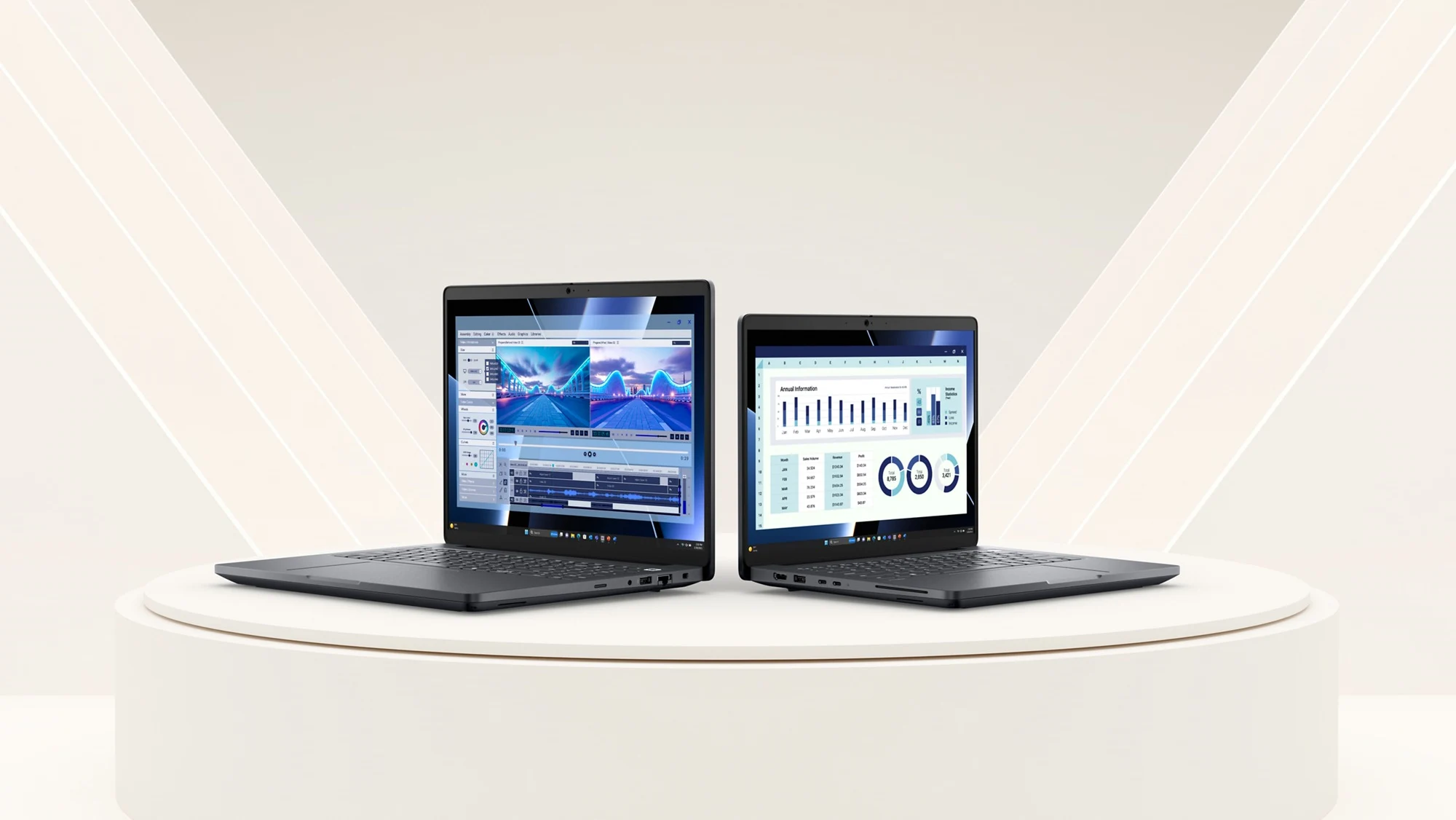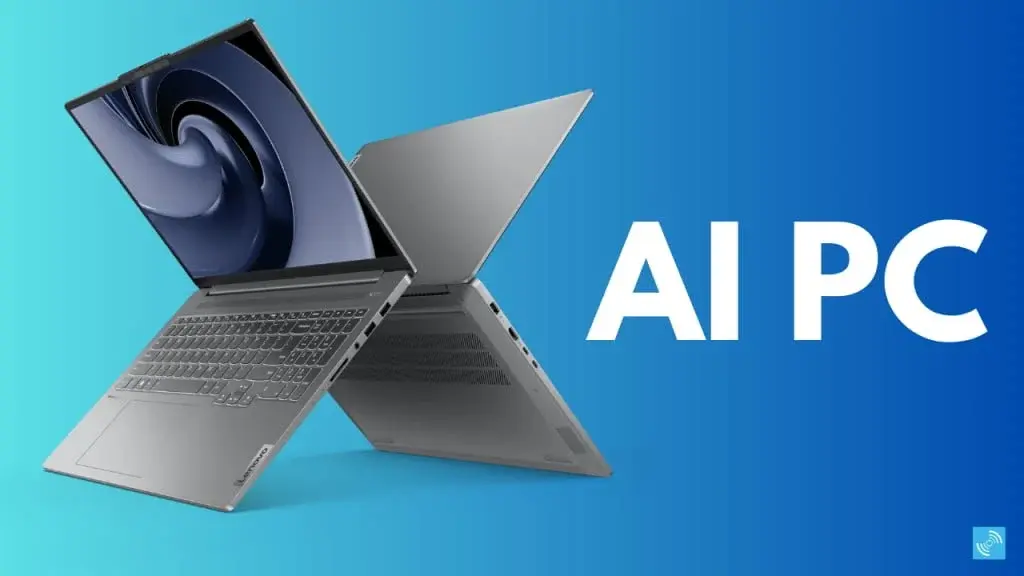Key Takeaways
1. Zhaoxin launched two new processors: the KaiXian KX-7000N for client-class AI applications and the Kaisheng KH-50000 for data centers.
2. The KX-7000N features a built-in neural-processing unit for enhanced on-device AI inference, aimed at future AI PCs (AIPCs) for tasks like language modeling and speech recognition.
3. The KH-50000 processor significantly increases core count to 96, enhances cache capacity to 384 MB, and supports advanced memory and I/O capabilities for AI training clusters.
4. Zhaoxin’s offerings include a range of edge-to-cloud solutions, emphasizing domestic production and open-source software for secure and cost-effective technology.
5. The company’s dual launch reflects China’s push for self-sufficiency in semiconductor technology, aiming to compete with established x86 manufacturers.
At the World Artificial Intelligence Conference (WAIC) 2025 held in Shanghai, Zhaoxin introduced two proprietary processors aimed at different segments of the fast-growing AI sector. The KaiXian KX-7000N marks the company’s inaugural client-class CPU equipped with a built-in neural-processing unit. On the other hand, the Kaisheng KH-50000 is a data center-grade chip that advanced Zhaoxin’s server capabilities to a remarkable 96 cores.
Innovations in AI CPUs
The KX-7000N, which builds upon the KaiXian KX-7000 series, incorporates a heterogeneously integrated NPU meant to enhance on-device inference. Zhaoxin promotes this chip as a core component for future AI PCs, or “AIPCs,” which are designed to handle large language models, speech recognition, and local image generation. During demonstrations at WAIC, the company showcased personal AI assistants, smart office solutions, and real-time media production, all executed offline on prototype systems created in collaboration with partners such as Lenovo KaiTian.
Advancements in Data Center Chips
For business applications, the newly launched Kaisheng KH-50000 triples the core count compared to its KH-40000 predecessor and increases the L3 cache to 384 MB—matching the capacity of competing AMD Epyc 9004 series. This processor also features 128 PCIe 5.0 lanes, supports 12-channel DDR5 ECC memory, and includes a proprietary ZPI 5.0 interconnect enabling dual- and quad-socket setups for up to 384 cores per node. Zhaoxin asserts that this platform delivers the compute density and high-speed I/O essential for AI training clusters, high-density servers, and various heterogeneous accelerator deployments.
A Broader Vision
In addition to the main product launches, Zhaoxin’s booth showcased an extensive range of edge-to-cloud solutions, such as AI workstations, educational devices, and specialized application stacks that cover areas from document automation to medical imaging. By combining domestically manufactured CPUs with an open-source software framework, the firm claims it can provide secure and cost-efficient alternatives in markets that have typically depended on foreign processors.
This dual launch highlights China’s larger initiative for self-sufficiency in cutting-edge semiconductor technology. Although specific clock speeds and architectural details are still confidential, Zhaoxin’s strategy now encompasses client, workstation, and server AI tasks—indicating a focused effort to challenge established x86 manufacturers regarding both performance and features.
Source:
Link













